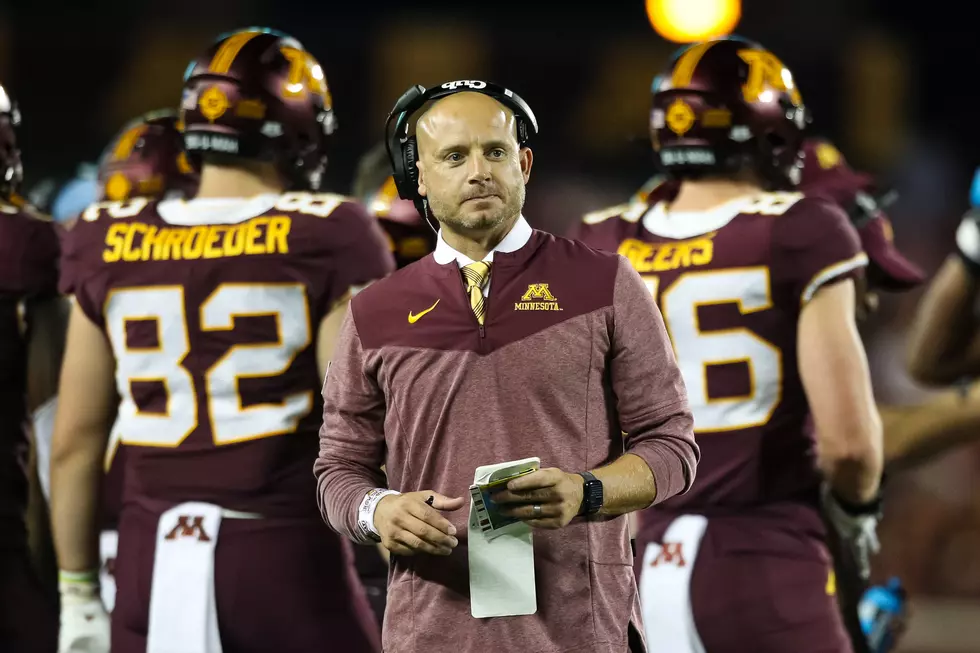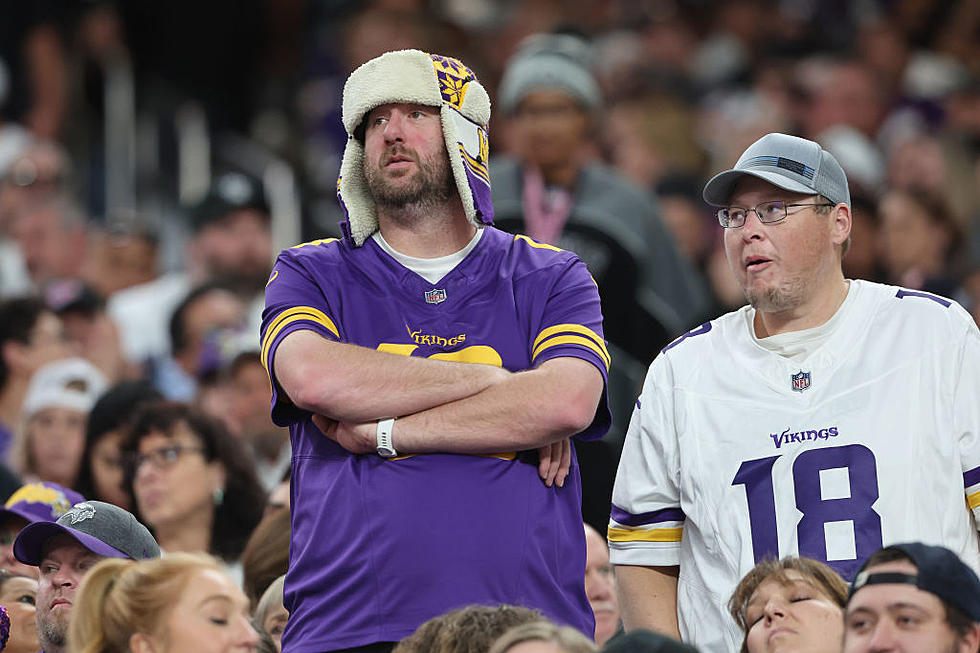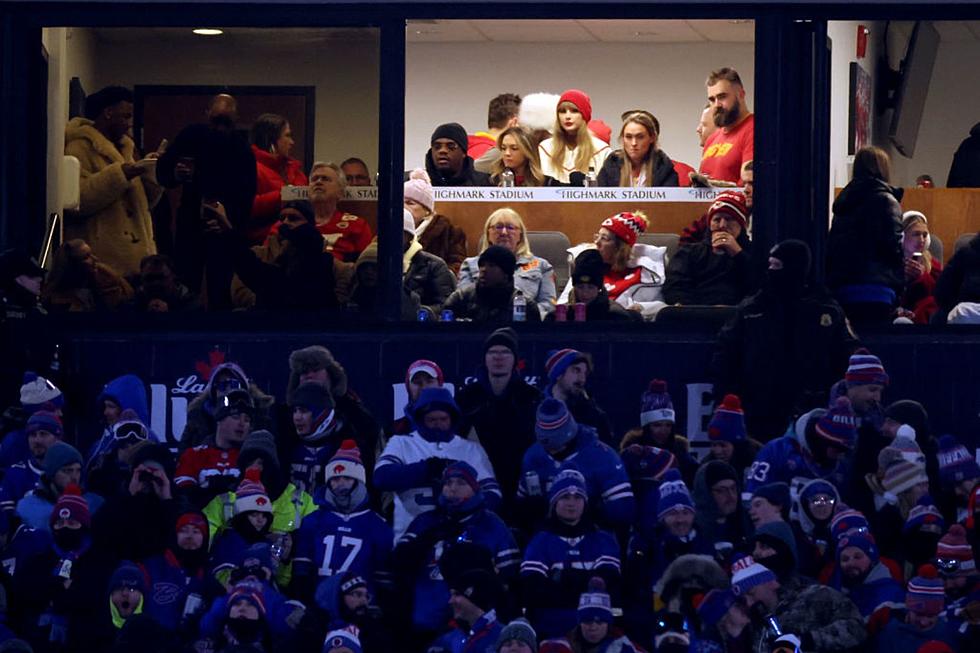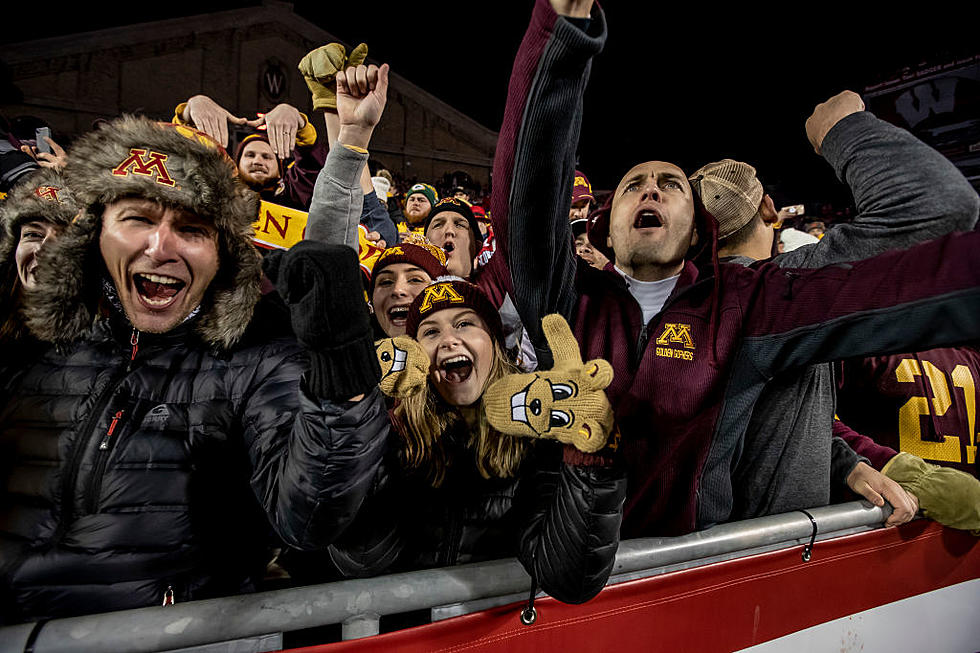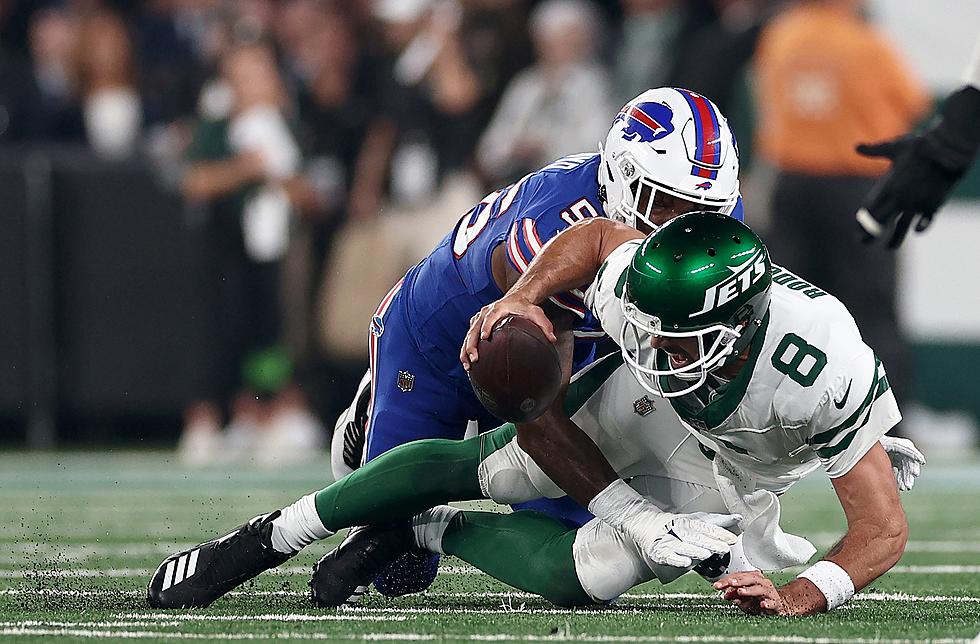
Turf Vs. Grass. Was Jets QB Aaron Rodgers Right To Blame His Injury on Artificial Turf?
I love all sports but in the fall I self-medicate by watching football: local high school games, college contests and the NFL. So I was just as flabbergasted as everyone else when New York Jets quarterback Aaron Rodgers tore his Achilles heel 4 snaps into a game against the Buffalo Bills. He blamed (among other things) the artificial turf field at MetLife Stadium. Since then other NFL players have amplified his call for every NFL stadium to replace their turf with natural grass, claiming it results in fewer injuries.
Is he right? Does Rodgers have a point and can it be backed up with evidence/science?
After the season-ending injury, four-time MVP Aaron Rodgers went on record saying: “I do think it’s time to go all grass throughout the league.”
According to Associated Press, Players Association President JC Tretter called on six venues to immediately change their playing surfaces, saying the artificial turf in those stadiums results in higher injury rates when comparing non-contact injuries and lower extremity injuries like sprained ankles and torn knee ligaments. Which got my attention.
But apparently the NFL isn't convinced they need to change anything. Jeff Miller, the executive vice president of communications, public affairs and policy for the NFL, said in a statement that injury rates are approximately the same on grass and turf.
In November of 2023 the NFL pushed back with their data, including the graphic above, showing nearly equal rates of injury on synthetic surfaces vs. natural grass. Case closed, right? Not so fast.
But the National Football League Players Association took issue with the NFL's data, releasing the graphic above, which shows for six consecutive years, injury rates on synthetic surfaces were far higher than on natural surfaces. Moreover, a study was conducted and published in The American Journal of Sports Medicine by the NFL’s leading data scientists and several NFL team physicians. This study confirmed the elevated injury rates on turf when compared to grass from 2012-2018.
According to NFLPA, in 10 of the last 11 regular seasons, players were hurt more often on synthetic surfaces than on natural grass.

The controversy continues. According to The Hustle, last year, the injury rate was 37% higher on turf. But there was no significant difference in injury rates during the 2021 season, which the NFL claims is proof there’s no issue with turf. So what are we to believe?
Going all-grass would reportedly cost an estimated $850,000 for each of the NFL’s 15 turf fields. Drop in the bucket for a league that earned a whopping $12 billion in revenue in 2022, right? Wouldn't you want to do everything possible to protect your players?
I have not seen compelling evidence (yet) that, on a college or high school level, playing on turf results in more injuries than playing on grass. And yes, grass can get wet, sloppy and muddy, increasing the potential for injuries.
The Arizona Cardinals and Las Vegas Raiders have retractable grass fields that roll outside for sunshine. My sense is that more NFL owners will make the call to tear out the turf and install grass in the years to come, but that may be wishful thinking.
This is going to get interesting - stay tuned.
Wow! Aaron Rodgers new home in New Jersey: Inside and out
More From 103.7 The Loon
